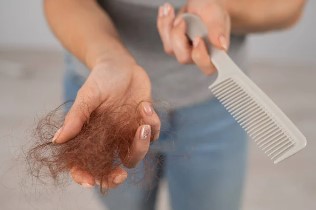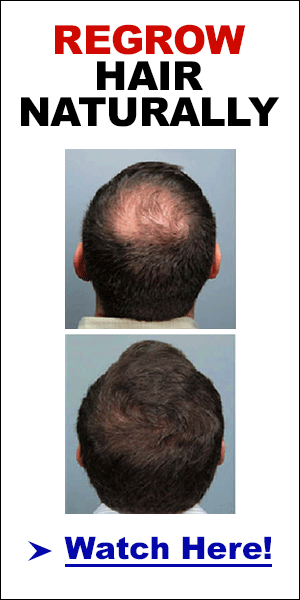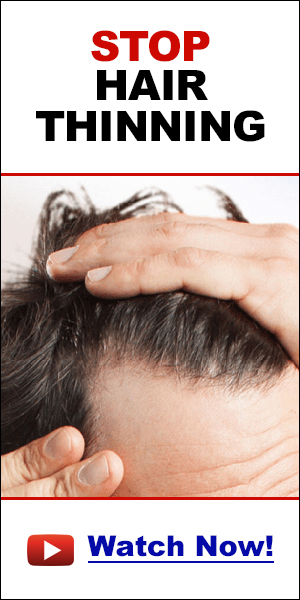Causes of hair loss: Understanding the Underlying Factors
Causes of hair loss,
Hair loss is a common concern for women of all ages, affecting their self-esteem and quality of life. While it is normal to lose some hair each day, excessive hair loss can be distressing.
In this comprehensive article, we will explore the various causes of female hair loss, shedding light on the underlying factors that lead to this condition.
Understanding Female Hair Growth
Before delving into the causes of hair loss in women, it is essential to grasp the basics of the hair growth cycle.
Human hair goes through distinct phases:
- Anagen Phase: This is the growth phase, which can last several years.
- During this phase, hair actively grows, and new hair follicles form.
- Catagen Phase: This is a transitional phase that lasts a few weeks. Hair growth slows down, and the hair follicle shrinks.
- Telogen Phase: The resting phase, which can last a few months.
- During this phase, hair remains in the follicle but is not actively growing.
- Exogen Phase: The shedding phase, where hair is naturally lost from the scalp.
Hair loss typically occurs when this cycle is disrupted, causing more hair to enter the resting or shedding phases. Now, let’s explore the various factors that can lead to hair loss in women.
Causes of Female Hair Loss
- Hormonal Changes
Hormonal fluctuations can significantly impact hair health in women. Some common hormonal causes of hair loss include:
a. Pregnancy: During pregnancy, an increase in estrogen levels can lead to thicker, healthier hair. However, after childbirth, hormonal shifts can cause hair to enter the shedding phase, resulting in postpartum hair loss.
b. Menopause: Menopause is associated with a decline in estrogen levels and an increase in androgens (male hormones). This hormonal shift can lead to hair thinning and loss.
c. Polycystic Ovary Syndrome (PCOS): PCOS is a hormonal disorder that can lead to an excess of androgens, causing hair thinning and male-pattern hair growth.
- Genetics
Genetics play a crucial role in female hair loss. If your mother or grandmother experienced hair thinning or baldness, you may be genetically predisposed to it.
Female pattern hair loss, also known as androgenetic alopecia, is the most common genetic cause of hair loss in women.
- Medical Conditions
Several medical conditions can contribute to hair loss, including:
a. Thyroid Disorders: Hypothyroidism (underactive thyroid) or hyperthyroidism (overactive thyroid) can disrupt the hair growth cycle.
b. Alopecia Areata: An autoimmune condition that causes hair loss in round patches.
c. Lupus: Systemic lupus erythematosus can result in hair loss as an autoimmune response.
d. Iron Deficiency Anemia: A lack of iron can lead to hair thinning and loss.
- Medications
Certain medications may have hair loss as a side effect. Some common culprits include chemotherapy drugs, anticoagulants, antidepressants, and birth control pills.
- Stress
Stress can cause hair loss in women. Telogen effluvium is a condition in which a significant amount of hair enters the shedding phase due to stress, illness, or surgery. Chronic stress can also contribute to hair thinning.
- Hairstyling and Practices
Excessive hairstyling, particularly tight hairstyles like braids, weaves, and extensions, can lead to a type of hair loss called traction alopecia.
The constant pulling on hair follicles can damage them and cause hair loss.
- Nutritional Deficiencies
A balanced diet is essential for healthy hair. A lack of essential nutrients like vitamins, minerals, and proteins can result in hair loss. Biotin, zinc, and iron are particularly important for hair health.
- Age
As women age, their hair naturally becomes thinner and may lose some of its luster. The aging process can slow down hair growth and lead to hair thinning.
- Environmental Factors
Exposure to environmental factors such as pollution, UV radiation, and harsh chemicals in hair care products can contribute to hair damage and loss.
Treatment and Management
The treatment and management of female hair loss depend on the underlying cause. Here are some common approaches to address this issue:
- Topical Treatments: Over-the-counter or prescription topical treatments like minoxidil can help stimulate hair growth.
- Hormone Therapy: Hormone replacement therapy may be prescribed for hormonal imbalances.
- Nutritional Supplements: If a nutritional deficiency is the culprit, supplements can help restore hair health.
- Lifestyle Changes: Reducing stress, adopting a healthier diet, and avoiding tight hairstyles can promote hair regrowth.
- Hair Restoration Procedures: In cases of advanced hair loss, procedures like hair transplantation or laser therapy may be considered.
- Support and Counseling: Seeking support from professionals or support groups can help women cope with the emotional impact of hair loss.
Conclusion
Hair loss is a common concern for many women, and it can have a significant impact on their self-esteem and well-being.
Understanding the causes of female hair loss is the first step in addressing this issue effectively. By identifying the underlying factors, women can take appropriate steps to manage and, in some cases, reverse hair loss, ultimately restoring their confidence and quality of life.
If you are experiencing hair loss, consult a healthcare professional for a proper diagnosis and personalized treatment plan.
Male Hair Loss Remedies, Goodbye to Hair Loss, Cure Your Male Hair Loss Today. Join 40,000 Men in the Trusted Manual. ( Folifort Hair )









